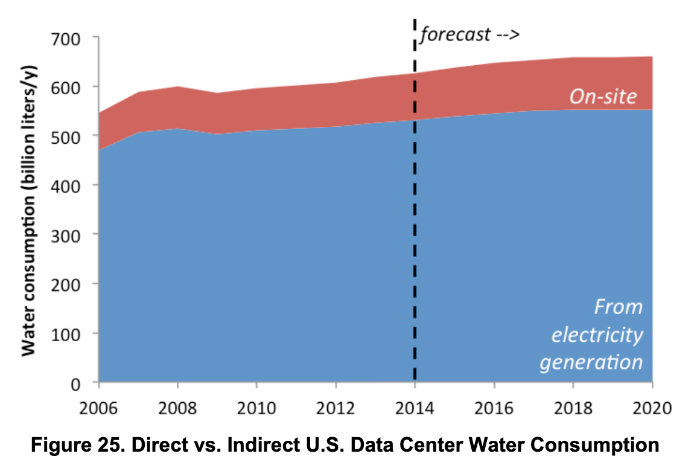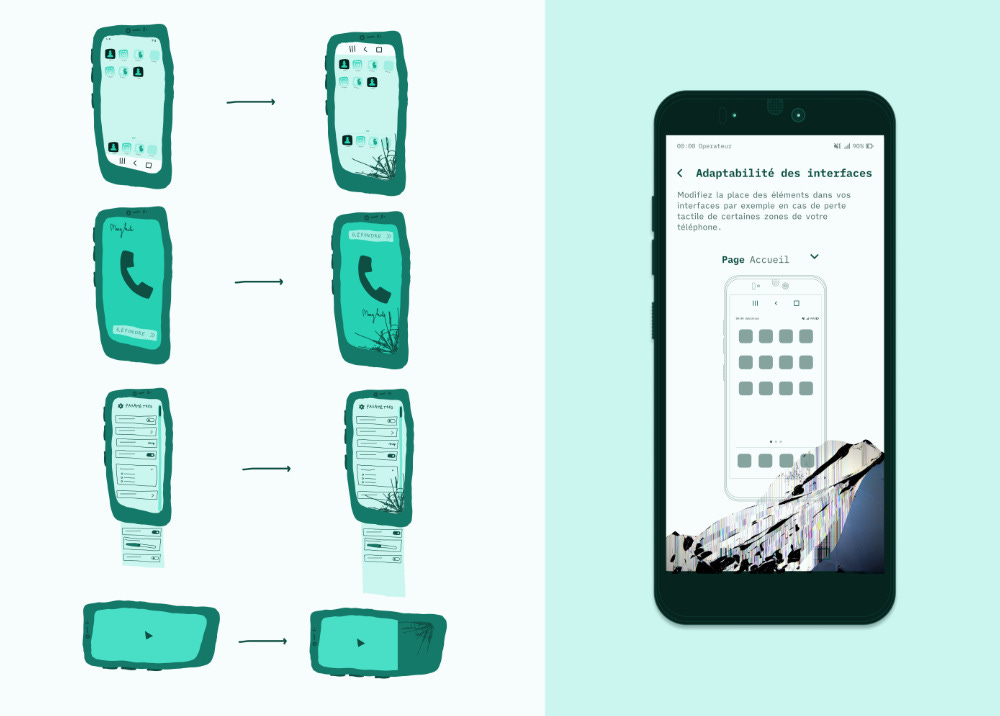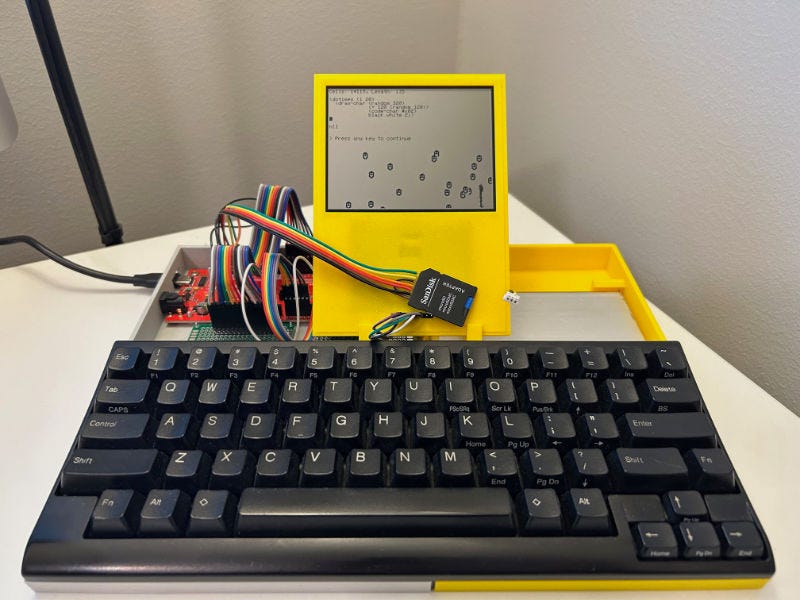Hi, the summer will end soon in the northern hemisphere, but drought ☀️ may not, so let's dive into the water consumption of the digital sector this month and next one.
💧 Water consumption (part 1)
Our devices don't like water. Yet we need a lot of it to manufacture them and cool them down. This is turning into critical problem as water becomes scarcer.
Measuring water consumed “in absolute terms” makes little sense without linking it to specific contexts (watershed structure, human uses, links to other living organisms, etc.) and the various forms of water (green, grey, dark). Territorial approaches can provide a more concrete account of the impacts and tensions on water than do accounting approaches, which tend to mask this complexity.
Last year, N. Nova produced an excellent summary [FR] of the water related challenges of ICT. While D. Mytton published in npj Clean Water an overview of data centers water consumption. These data-centers often compete with other uses. Further down the production line, semiconductors manufacturing, as well as the extraction and refining of raw materials require large quantities of water, often in areas where water stress is already prevalent, generating local conflicts.
Water and data-centers
Let's start by talking about water for cooling data centers. For more than 10 years, engineers have explored a wide variety of approaches: pumping water from rivers, exchanging heat with groundwater, using seawater, wastewater, immersion in the sea, floating, or even evaporation.
In data-centers, water consumption has its own indicator: WUE (Water Usage Effectiveness), which measures the number of liters required per kWh consumed. In France, players such as OVH and Scaleway claim to consume less than the average, around half of what the "climate neutral data-centre" group of European operators committed to. Despite these efforts, the consumption of the sector is growing. Simply because operators are building more data-centers. Google, for example, has seen its consumption rise by 20% in 1 year, to 21 billion liters.
However, there is a certain opacity in the sector. Researchers have difficulty gaining access to data, and local residents are no better off: in Oregon, residents had to go to court to find out about the agreement between Google and the city council concerning their water consumption.
Competition over the deployment of computationally-intensive AI systems partly explains this increase. One paper (not peer-reviewed yet) estimates that 700,000 liters of water were needed to cool the data centers during the training phase of ChatGPT version 3 alone. And that a conversation of 25 to 50 questions would consume half a liter of water.
Big-tech companies advertise ambitious commitments to replenish water stocks. But as with carbon credits, which promise to plant trees, and whose limits are now well documented, this work seems to be outsourced, and is not always connected to the places or watersheds the water is drawn from.
As a result, tensions between data centers and thirsty territories abound: in Uruguay, Chile, Oregon and Arizona. Closer to us, in Spain, activists are organizing against the installation of Facebook. Even in London, where the water company is worried.
This dependence on water can become a problem for data centers operators, such as the NSA in Utah, where the use of water has been used as leverage by anti-surveillance activists. In Chile, water became a powerful vector of mobilization, more so than issues of surveillance or sovereignty deemed too abstract. Researcher S. Lehuedé speaks of "elementary resistance".
Beware, looking only at water consumption to cool data centers can be misleading. In the USA, for example, water consumption to produce the energy needed to run data centers is estimated around 5x higher than on-site use.

Project news
We're pleased to present the beginning a new project: 10 directions for designing eco-friendly settings (in French). And we're starting with the first direction: Settings for living with an aging phone. In this article, we explore settings to compensate for the loss of a feature or to ensure that that when screens or buttons break down, it is less annoying. We also explore how applications could deal with full storage, and even an optimistic OS that accepts obsolescence with a positive attitude. If you'd like to talk about this with us or organize a presentation, please don't hesitate to contact us (limites@service.cnrs.fr)!

Regulation
From 2027, all smartphones sold in the European Union will have to have removable batteries. There seems to a last minute lobby-related glitch in the regulation though, we’ll come back to it in the next newsletter.
No limits 🙃
This physical trash can with an embedded screen - which required a lot of materials to manufacture - helps you clean your mailbox can and, above all, gives you a clean conscience... (with figures largely exaggerated, in the order of x1000).
In other news
Plans for a computer with a battery life of over a year (well, you won't be running Diablo IV on it…).
The Fairphone 5 is out, with even easier-to-change parts and, above all, a rare 5-year warranty and guaranteed updates until 2031. 👏
Nokia launches its new repairable smartphone with a long-life battery.
And if you're the DIY type, this young man has come up with a do-it-yourself smartphone.
Framework has released a new, even more modular notebook, featuring, among other things, a detachable graphics card, a moveable keyboard and the possibility of adding a fully programmable LED screen (to display text, battery status, etc.).
In Spain, a plant to extract minerals from electronic waste is in the planning stage.




